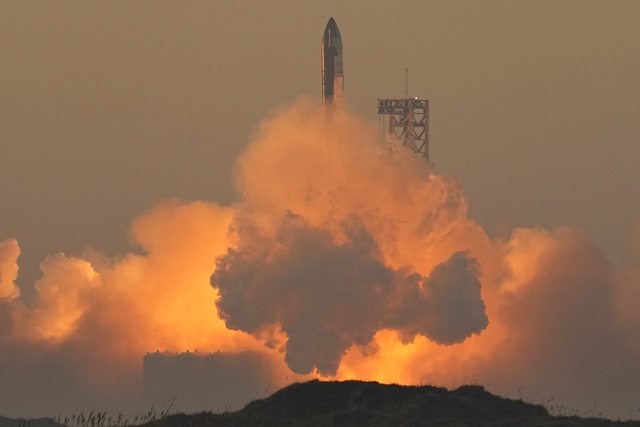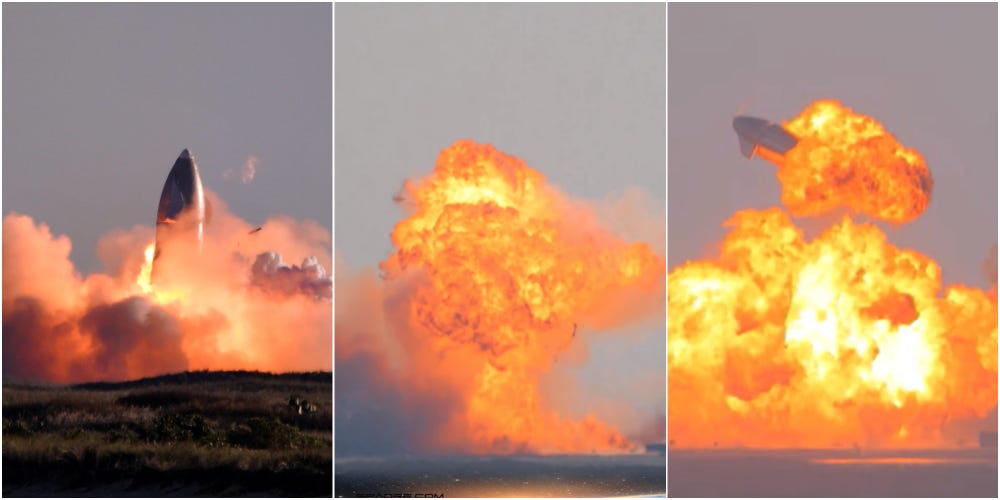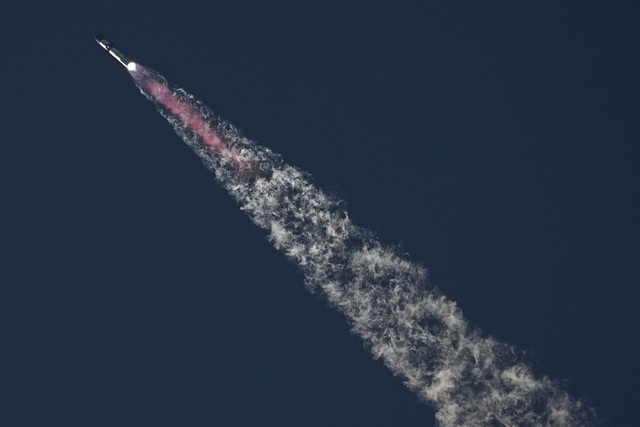Billionaire Elon Musk’s SpaceX company just launched the Starship spacecraft and Super Heavy booster rocket in a test on November 18 and both exploded after a few minutes of flight.
However, this time the journey of the Starship spacecraft and the Super Heavy booster rocket is longer than the launch in April. According to AP, the booster rocket carrying the spacecraft was launched from the Starbase launch pad of SpaceX in the region. southern Texas at dawn on November 18 (local time).

The Super Heavy rocket and Starship spacecraft were launched on the morning of November 18
AP
After about 3 minutes of flight, the booster separated from the spacecraft and exploded after completing its mission. The Starship then continued its journey until about the 8th minute when it exploded. SpaceX officials say it appears the spacecraft’s self-destruct system detonated itself while the ship was flying over the Gulf of Mexico.

Watch billionaire Musk’s giant booster rocket explode in the air
In April, the booster failed to separate from the spacecraft and both exploded after about 4 minutes of flight.
Starship and Super Heavy are about 121 meters tall and are the largest and most powerful rockets ever built. SpaceX developed these two systems, both reusable, to send humans to the moon and Mars.
SpaceX commentators called the launch a success and said the company had obtained a wealth of data to help improve the next flight.

The booster rocket has up to 33 engines
AP
Billionaire Elon Musk, founder of SpaceX, witnessed the launch from a control room near Boca Chica, an area of southern Texas bordering Mexico. At the company headquarters in Hawthorne (California), employees cheered when the rocket was launched at dawn (local time). The room became quiet when the spacecraft was determined to explode and fall into the sea.

The spacecraft’s journey this time is about 8 minutes, twice as long as the launch in April
AP

Starship spacecraft
AP
:quality(70)/cloudfront-us-east-1.images.arcpublishing.com/metroworldnews/F6DSG4QO4JE3JNYZU7TAH6F6FI.jpg)
SpaceX has set a goal of bringing Starship to an altitude of 240 km, enough for it to fly nearly once around the earth before crashing down near Hawaii in the Pacific Ocean. After the test in April, SpaceX made many improvements to the rocket and its 33 engines, as well as the launch pad. The Federal Aviation Administration authorized the flight on November 15 after concluding that all safety and environmental standards had been met.





